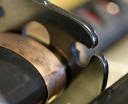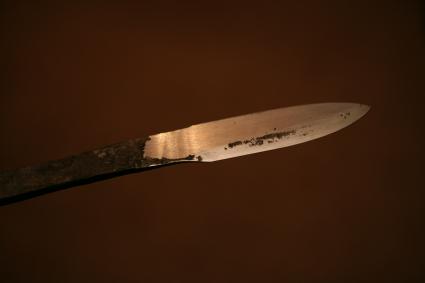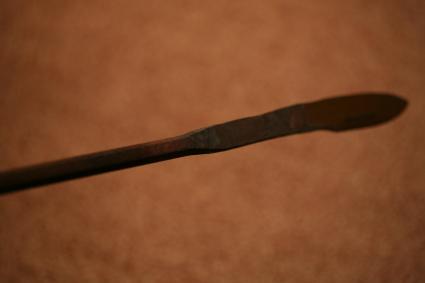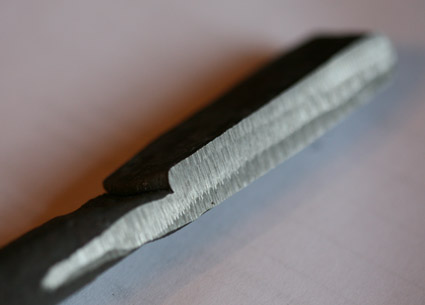This blog will describe one man’s journey from being a professional programmer to becoming a blacksmith. How it came to be, why it came to be and how I progress in this profession. Will I succeed or will I go back to my comfortable computer chair and sweet little cubicle with 8 levels managers on top of me in 6 months – that is the question to which future will give answer.
Little background. I started to study computers in 1995 at technical school. In 1998 I started to work as a technician after school – building PC’s, troubleshooting Windows problems etc. At that time I also became interested in Linux. Next job was user support and admin assistant in one TV station, which went bankrupt few years later after I left. After that came web programmer in one little company. There I became leading developer after some time. Mostly we used Apache/mod_perl/Embperl/MySQL (later we switched to PostgreSQL) for developing websites.
In 2003 summer I went to army, where I served for 7 months, instead of the required 11, because I had kidney surgery so they released me after that (that New Year’s Eve I spent alone in hospital drinking fanta and watching fireworks, how cool is that?). From 2004-2006 I worked in Estonia’s biggest telco. There I mostly programmed in perl and did all kinds of stuff from web-sites to MPEG video stream parsing (one of the most interesting projects I’ve done). In that time period I also became interested in lisp, thanks to Paul Graham’s essays and Eric Raymond’s “How to become a hacker” which says: “LISP is worth learning for a different reason — the profound enlightenment experience you will have when you finally get it.” – I got it enough to start liking it a lot.
Then came the government job. I let one guy talk me in to it. It was from 2006 to 2007. It was Java. It was Enterprise. It was editing 7 different java source files to change one SQL query. It was filling 2 forms with 7 signatures to get one day off. It wasn’t too much stress. It was good salary. I didn’t enjoy it. They offered me lots of money. I quit.
Then came 3 months working from home doing perl web development (it ended at 16th of March at 11:36). I got to choose how much I did, what I did and when I did it. This kept my skin warm, but still not much enjoyment. This also gave me time to think about life in general and what I want out of it.
Here’s what I came up with:
- I don’t need lots of money to enjoy life, I need to learn to enjoy basic things in life – spending time with people I love, talking, listening, being alone, food, wine, running, movies and so on.
- I want to work for myself, not for others and earn their living
- 7+ years of working daily behind the computer made me realize that I don’t want to do this for the rest of my life. I’ve always been good at doing ‘stuff’ and enjoying it too, this could be an alternative.
- I want to live in country. City has its perks, but I’m not made for citylife. There’s just too much stress, noise and people in the city. And besides, isn’t 12 years in the city already enough? Which is better – while eating breakfast you see from your window other houses and busy city traffic with big trucks and lots of noise or see pack of wild goats also eat their breakfast near woods, running around and enjoying life?
- I want my life to be fulfilling
I think Universe had perfect timing for me. Just a little while ago my father rented out his company and started to make Japanese style swords as a hobby. He was also sick and tired of running the company just as I was sick and tired of working for others. He already had from good ol’ times lots of hardware needed for metal work. So he build a coal forge, bought an anvil and a good hammer and off he went (as of now he already sold his first sword made from old Volga springs for quite a nice price).
Then I decided – I’ll become a blacksmith/bladesmith too. I start to make knives and other things with blades – daggers, swords, scimitars, axes, you name it. Especially I want to do Damascus style blades. I know they’re not easy to do (well), but I have the time. I’ll start with knives, of course.
Here’s a picture of my very first try to make a knife blade. It is far from being finished and being perfect, but it might give some idea what will the results be in the future.

I’ll keep you updated with my trials in the workshop.
In the future I plan from time to time give away knives that I’ve made, so be sure to check my ramblings.






























